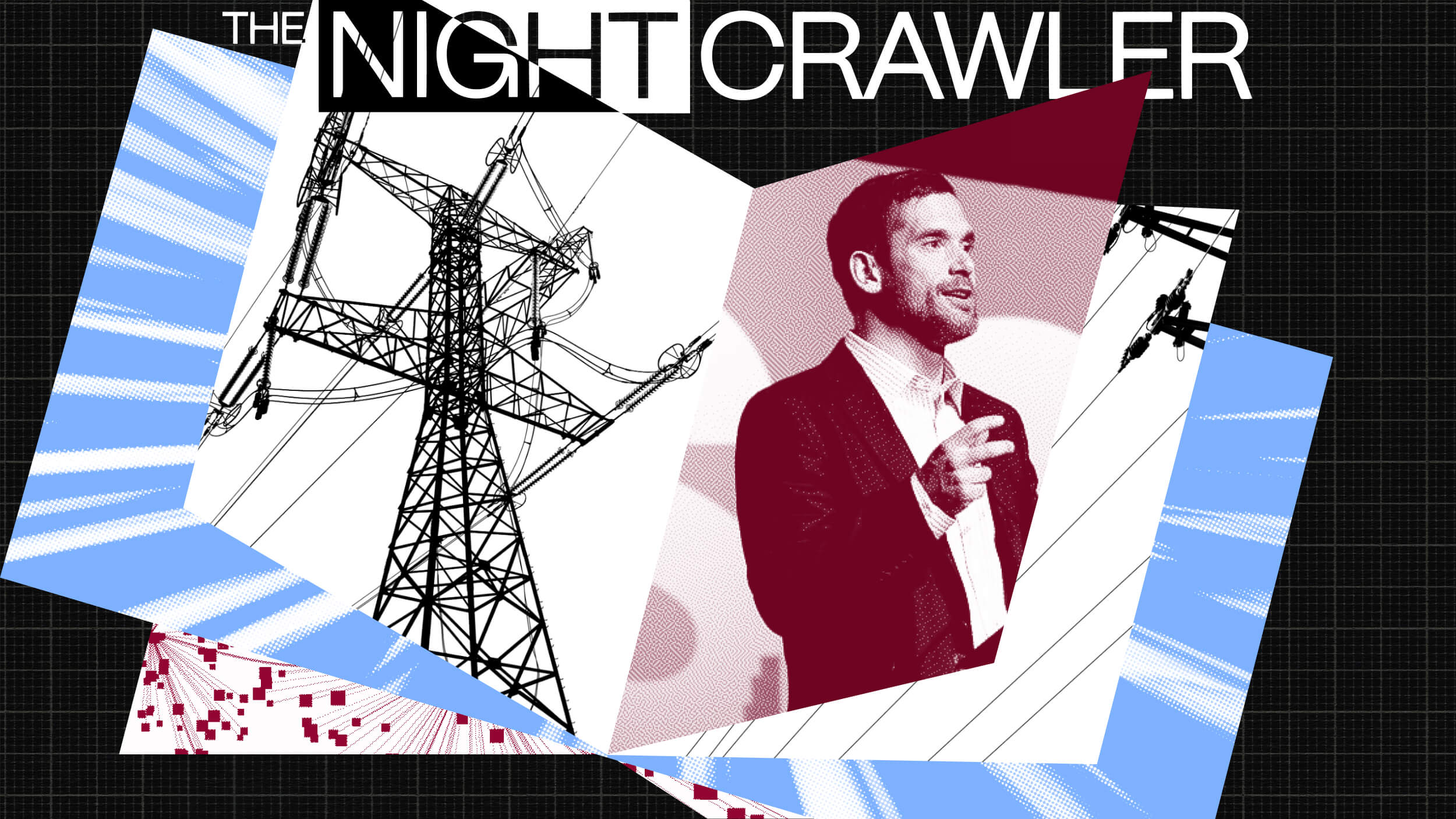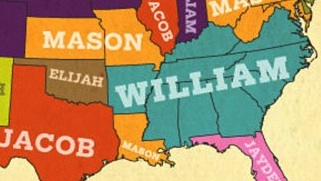Was Angelina Jolie the World’s First Celebrity Bio-Hacker?

In the future, we will hack our genetic code as easily as we hack computer code. Bio-hackers will become more powerful than cyber-hackers: armed with computers and samples of DNA, they will have the power to change the future of individuals – both born and unborn – by unlocking the secrets of our genetic code. Already, new bio-hacking startups are starting to emerge with the power to make it possible to mix-and-match our DNA in new ways, design entirely new synthetic life forms (like glow-in-the-dark trees) and understand exactly which sections of our DNA are responsible for which traits and features. In turn, they will inspire and empower individuals – even those without formal biological or genetic training – to hack their own DNA.
Viewed in this context, Hollywood actress Angelina Jolie was the first celebrity bio-hacker. When you think about what she accomplished – she used clinical tests to sample her DNA, isolated the genetic marker (BRCA1) known to code for breast cancer and ovarian cancer, calculated the probability that that genetic marker could lead to early cancer (roughly 87% for breast cancer and 50% for ovarian cancer in Jolie’s case), and then took steps to alter her own body with a double mastectomy and a follow-on reconstructive surgery with breast implants. By understanding the secrets of her own genetic code, she was able to hack her own body. Indeed, her courageous move proved prescient – within two weeks, her aunt – also carrying the BRCA1 gene marker – passed away from breast cancer at the age of 61.
While Angelina Jolie’s bio-hacking may be well beyond the means of many of our own personal budgets (by some estimates, the total cost of Angelina’s genetic tests alone was north of $3,000), the costs are sure to be driven down in the future. When these costs do come down, we’ll all be empowered to become bio-hackers. At least, that’s the aim of startups like Genome Compiler, which builds software for designing synthetic life forms, and Cambrian Genomics, which is making it possible to laser print DNA cheaply and effectively. Together, they describe themselves as the “Wintel” of the bio-hacking era, democratizing access to the human genome the same way that Windows and Intel democratized access to the personal computer.
In one scenario outlined by Kim-Mai Cutler of Tech Crunch, these bio-hacking startups would make it possible for two members of a same-sex marriage to have a biological child by mixing and combining their own DNA. Think about that for a moment – two men or two women could have their own baby instead of adopting one. Other scenarios call for glow-in-the-dark trees that could eventually become an energy-efficient way to replace street lights. Imagine walking home along an urban street lit by trees at night.
Which is not to say that all this bio-hacking is good. For one thing, companies that control access to specific parts of your DNA – such as Myriad Genetics, which is seeking patent protection for any work conducted on the BRCA1 gene – would seem to have the upper hand, as well as possible monopoly pricing power in the future once bio-hacking goes mainstream. Moreover, Presidential candidate Michelle Bachmann recently warned of a scenario in which the IRS would be able to build a health database of Americans and then target specific individuals (presumably, in the same way that the IRS can target organizations or individuals). While many aren’t sure what Bachmann had in mind, it’s clear: once the government knows what’s in our DNA and in our health records, it could lead to some awkward privacy moments and a vast re-thinking of personal identity.
In the future, we will all be hackers and coders. More than just hacking computer code, though, we will be hacking our own genetic code. As Omri Amirav-Drory, the co-founder of Genome Compiler, recently pointed out, “Cells are nothing more than a computer, running a program and the program is the genetic code. The code is DNA. The software are the chromosomes. The hardware is the wetware.” This is something that Angelina Jolie recognized early on – that her cells were nothing more than a computer, and that she had the power to program them – making her the world’s first celebrity bio-hacker.
image: Angelina Jolie via DFree / Shutterstock.com





